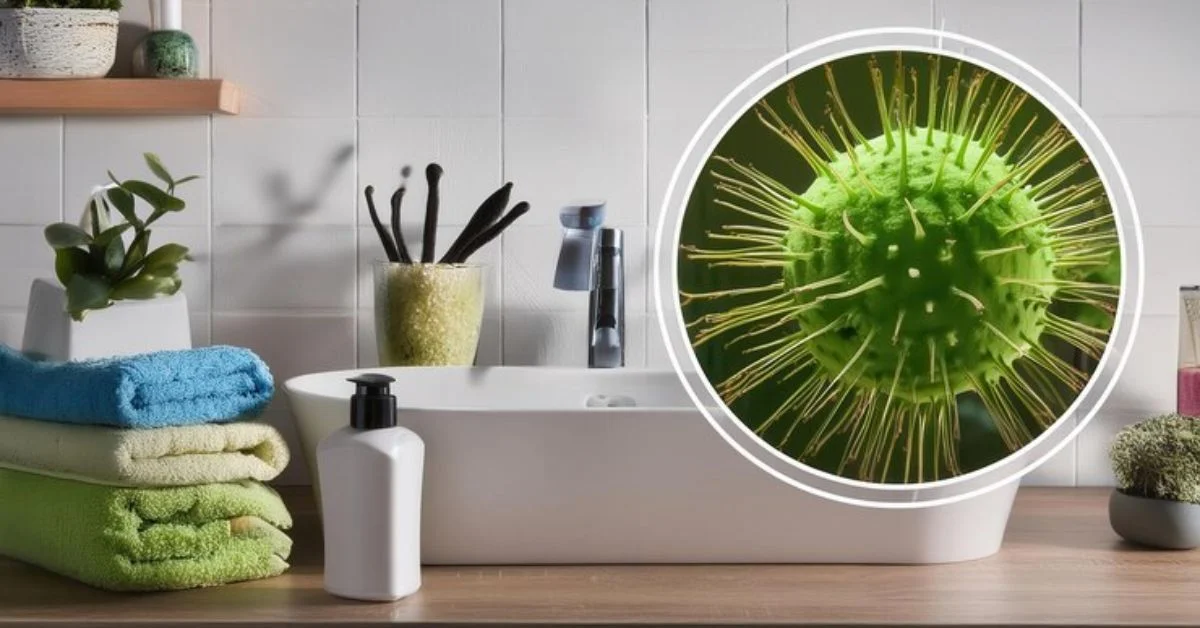In a time when public health awareness has expanded far beyond hospitals and clinics, the role of basic hygiene tools has gained renewed attention. Among them, the sanitation towel stands out as a modest yet powerful contributor to individual and collective wellbeing. Whether in medical settings, personal care routines, or emergency response kits, sanitation towels have evolved into a critical resource for maintaining cleanliness, preventing infection, and improving comfort.
Sanitation towels are more than disposable cloths—they are the result of innovation in textile science, sustainability, and health equity. This article offers a comprehensive exploration of sanitation towels: their design, usage, materials, public health relevance, and future directions.
What Is a Sanitation Towel?
A sanitation towel is a hygienic absorbent fabric, usually disposable or semi-reusable, designed for personal or environmental cleaning. Unlike ordinary cloth towels, sanitation- towels are engineered to meet specific health and safety standards. They are used for purposes including:
- Menstrual hygiene management
- Post-surgical wound care
- Childbirth and maternity needs
- Incontinence and elder care
- Sanitary wiping in emergencies or disaster zones
Sanitation towels are commonly included in health kits by aid organizations, sold in pharmacies, and integrated into hospital procedures.
Historical Perspective
The concept of absorbent hygiene tools dates back centuries. Ancient cultures used natural materials—moss, papyrus, or cloth—for personal hygiene. The industrial revolution brought about commercial production of sanitary napkins and medical gauze.
By the 20th century, sanitation towels had emerged as a staple in health care. However, their materials were often non-breathable, bulkier, and less effective. Recent decades have brought a revolution in textile technology, leading to lighter, safer, and more eco-conscious designs.
Key Features and Materials
Sanitation towels are defined by their absorbency, sterility, breathability, and disposability or reusability. Modern sanitation- towels incorporate advanced materials:
1. Nonwoven Fabrics
Used for disposable types, these are made by bonding fibers without knitting or weaving. They allow high absorbency and prevent fraying.
2. Bamboo Viscose and Organic Cotton
These are eco-friendly options with natural antibacterial properties.
3. Superabsorbent Polymers (SAPs)
Used in core layers to trap moisture while keeping the surface dry.
4. Biodegradable Linings
To reduce landfill waste, some brands use compostable bioplastics or sugarcane-derived linings.
5. Antimicrobial Coatings
Silver nanoparticles or natural herbs like neem are applied to prevent bacterial growth.
Types of Sanitation Towels
1. Menstrual Sanitation- Towels
These are similar to sanitary pads but designed for broader distribution, including humanitarian contexts. They are often more durable and packaged for mobility.
2. Medical Sanitation Towels
Used in hospitals for wound care, postpartum cleaning, and patient hygiene. They come in sterile packaging.
3. Multipurpose Towelettes
Used for emergency sanitation, they are pre-moistened or dry, single-use cloths for wiping hands, surfaces, or body.
4. Reusable Hygiene Towels
Often part of sustainable menstruation or elder care solutions, they can be washed and reused up to 100 times.
Use Cases Across Sectors
1. Healthcare Facilities
Nurses use sanitation towels for cleaning wounds, maintaining hygiene between procedures, and managing patient care.
2. Humanitarian Aid
Organizations like WHO and UNICEF include sanitation- towels in emergency health kits for displaced populations.
3. Menstrual Health Campaigns
In countries with period poverty, low-cost or free sanitation- towels are distributed in schools and clinics.
4. Home and Elder Care
Caregivers use them for bed-bound patients, incontinence, or routine cleaning without harsh chemicals.
5. Disaster Response
Floods, earthquakes, or pandemics necessitate quick-deploy sanitation solutions. Towels play a crucial role in field hygiene.
Sustainability and Environmental Concerns
One major challenge has been the environmental toll of disposable sanitation towels. Innovations have emerged:
- Biodegradable options using cornstarch-based polymers
- Reusable cloth towels that reduce waste over time
- Zero-waste manufacturing practices by ethical brands
- Community-led recycling programs for menstrual towels
In 2025, over 30% of globally distributed sanitation towels are estimated to be biodegradable or reusable, compared to just 5% in 2015.
Global Access and Equity
Despite progress, sanitation towel access remains unequal. Barriers include:
- Affordability in low-income settings
- Taboos and stigma around menstruation and hygiene
- Lack of distribution in remote areas
Initiatives are closing the gap. Local production cooperatives, mobile distribution units, and government subsidies are helping bridge inequity.
Case in point: a rural project in India trains women to manufacture and sell low-cost reusable towels, boosting income and public health.
Technological Innovations in 2025
1. Smart Towels
Prototype towels embedded with sensors can monitor wound healing or detect pH changes.
2. Self-cleaning Textiles
Nanotechnology enables materials that resist bacteria and odors, extending usability between washes.
3. Compression Packaging
To improve disaster response logistics, sanitation towels are vacuum-packed for ultra-portability.
4. Subscription Models
App-connected deliveries ensure consistent access, especially for menstruating individuals or those in elder care.
Public Health Implications
The World Health Organization highlights hygiene tools like sanitation towels as essential for preventing infection and reducing maternal and infant mortality. Key benefits include:
- Lower rates of sepsis in postpartum care
- Improved dignity and comfort during menstruation
- Better skin health for immobile patients
- Reduced spread of disease during crises
Studies show that introducing sanitation towels in refugee camps led to a 40% reduction in skin infections.
How to Choose the Right Sanitation Towel
- Purpose: Menstrual, medical, or general hygiene?
- Frequency of Use: Disposable vs. reusable?
- Sensitivity: Hypoallergenic or fragrance-free needed?
- Environmental Impact: Compostable or washable?
- Cost and Access: Is a subscription or local brand more viable?
Conclusion
The sanitation towel may seem like a simple product, but its impact is far-reaching. From supporting maternal health to empowering menstruating students, these towels serve as tools of dignity, prevention, and empowerment.
As 2025 brings more innovation and awareness, sanitation towels are being reimagined not just as functional products, but as agents of public health, environmental stewardship, and human equity.
Whether you encounter them in a clinic, a school, or a survival pack, their presence speaks to a fundamental truth: clean, safe, and respectful hygiene should not be a privilege, but a universal right.
Frequently Asked Questions (FAQs)
1. What is a sanitation towel used for?
Sanitation towels are used for menstrual hygiene, medical care, general cleaning, and in emergency or elder care settings.
2. Are sanitation towels different from regular towels?
Yes. They are designed for hygiene and often sterile, absorbent, disposable, or made with antimicrobial fabrics.
3. Can sanitation towels be reused?
Some models are reusable and washable. These are common in eco-conscious or low-resource settings.
4. Are sanitation towels biodegradable?
Many modern versions are made with biodegradable materials. Always check the product label for disposal guidelines.
5. Where can I buy sanitation- towels?
They are available in pharmacies, online health retailers, medical supply stores, and through public health programs in some regions.
For more information, click here.









